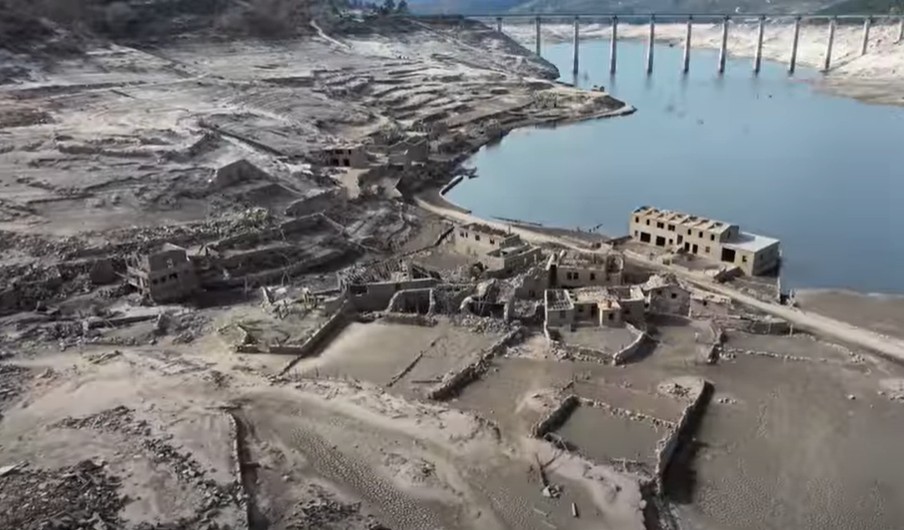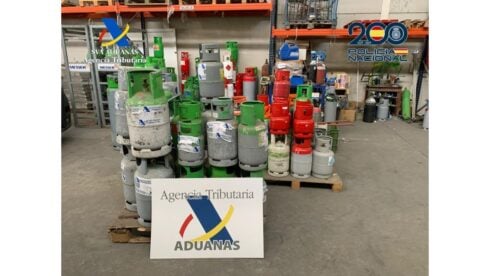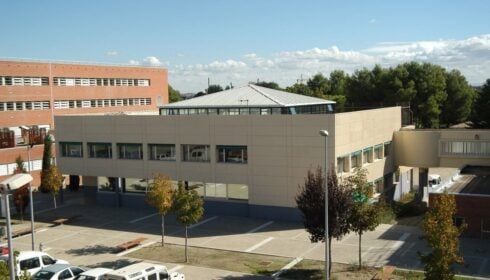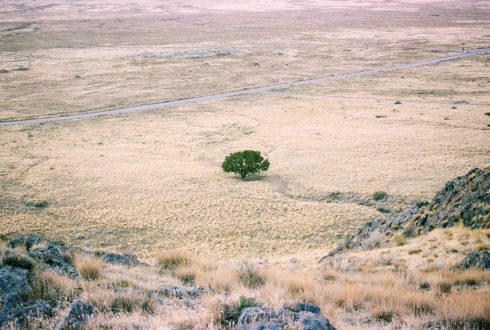A VILLAGE that was flooded to make way for a reservoir 30 years ago in Spain’s northwestern Galicia region has reappeared thanks to receding waters caused by drought.
The entire population of Aceredo was relocated in 1992 when a valley on the Spanish-Portuguese border was flooded to create the Alto Lindoso reservoir.
But now the ruins have emerged after a long dry winter left the reservoir at just 15% of capacity.
People have been visiting the zone to marvel at the appearance of the eerie abandoned village, which was once home to just over 100 residents.
This remarkable drone footage shows the abandoned village rising from the parched floor of the drought-hit reservoir:
Many of the 70 or so buildings that once formed the village are in a surprisingly good state of repair considering they have been submerged for three decades.
Since the village first started to emerge before Christmas, people have been coming to stroll among the ruins and take photos of the unusual site.
A lack of rain across Spain has caused many regions, including Galicia, to warn that water shortages are likely.
Maria del Carmen Yanez, mayor of Lobios, the council responsible for the zone blamed not only the lack of rain but also “quite aggressive exploitation” by Portugal’s power utility EDP which manages the reservoir.
Aceredo was lost along with four other towns when on January 8, 1992, the dam gates were closed and the valley flooded forcing some 250 residents to relocate.
The cross-border reservoir was created thanks to an agreement struck in the 1950s between General Francisco Franco and Portugal’s Antonio de Oliveira Salazar, although it wasn’t until four decades later that it was finally built.
READ MORE:
- Drought fears grow as dry spell continues in Spain’s Malaga
- Dry January raises drought fears in not-so rainy Spain as reservoir capacity goes down to 44%
- Police reveal extent of water theft problem with 133 arrests and more than 1,500 illegal wells detected in drought-ridden Spain
Click here to read more Environment News from The Olive Press.









